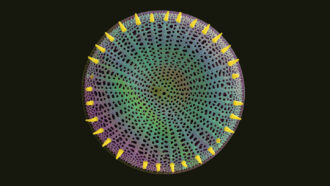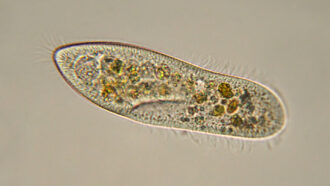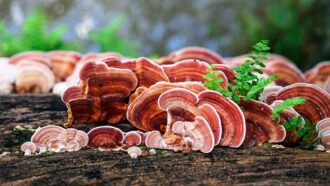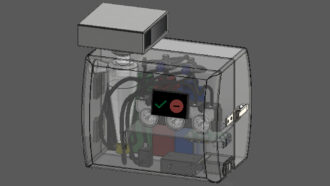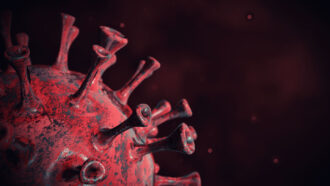Killing a bacterial killer
A common, cheap element offers hope against deadly bacterial infections
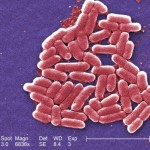
Even among poisons, Shiga toxin is particularly nasty. Once it enters the body, it can damage blood vessels, causing them to lose large amounts of blood. So this poison can kill quickly. It’s made by single-celled organisms called bacteria, including a common type of E. coli.
That’s why scientists from Carnegie Mellon University in Pittsburgh were excited to discover that a mineral called manganese may lessen the bite of Shiga toxin. Follow-up studies will be needed to verify their data. Still, their experiments suggest this metallic food supplement might offer a fast and affordable cure for a deadly infection.
“It’s an exciting finding,” Vernon Tesh told Science News. Tesh, who did not work on the new study, is a microbiologist. He workw at Texas A&M Health Science Center in Bryan.
Every year, newspapers and magazines report large numbers of people sickened by E. coli. Most people encounter the bacteria in tainted food. Last year, an E. coli outbreak in Europe sickened thousands and killed dozens. The Atlanta-based Centers for Disease Control and Prevention reported four E. coli outbreaks in 2011 in the United States. The year before there were three. In all of these cases, the E. coli had released Shiga toxin.
Symptoms of Shiga toxin infections can include stomach cramps, fever and watery — often bloody — diarrhea.
Antibiotics can kill the bacteria responsible. But that’s not a smart way to treat such infections, Tesh told Science News. As the germs die, they release more Shiga toxin into the blood. The additional flood of poisons increases a person’s chance of kidney failure, stroke or death. So a treatment based on manganese, which is common and cheap, would be a “tremendous boon,” Tesh said.
Usually, cells in the body get rid of unwanted visitors by breaking them down or sending them away. But Shiga toxin isn’t so easy to eliminate. Once this poison gets in, it quickly damages the microscopic machinery that a cell needs to stay alive. The Carnegie Mellon scientists figured out that the Shiga toxin causes trouble by hijacking an important protein that ordinarily ushers the poison to parts of the cell that would break it down.
Manganese can rescue that protein, at least in laboratory experiments and tests on mice. If the protein can do its job, the cell successfully fights off the Shiga toxin.
Though the experiments show promising results, more experiments are needed to see if manganese works as well in humans. Dirk Werber, an epidemiologist at the Robert Koch Institute in Berlin, told Science News that Shiga toxin destroys blood vessels in the body, and that this damage might be “well under way by the time infected patients seek medical attention for diarrhea.” Epidemiologists study disease outbreaks to try to find a way to control them.
Still, other scientists think there may be a brief window of time during which manganese treatment can be used to break down Shiga toxin. The Carnegie Mellon scientists are now working on a way to turn their initial findings into a usable treatment.
POWER WORDS (adapted from the New Oxford American Dictionary)
cell The smallest structural and functional unit of an organism, typically microscopic.
bacteria Single-celled microorganisms that have cell walls but lack an organized nucleus.
epidemiology The branch of medicine that deals with the incidence, distribution and possible control of diseases and other factors related to health.
manganese The chemical element of atomic number 25, a hard gray metal of the transition series. Manganese is an important component of special steels.
microbiologist A scientist who studies bacteria, viruses and other germs.
toxin A poison produced by living organisms, such as germs, bees, spiders, poison ivy and snakes.
